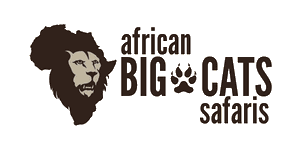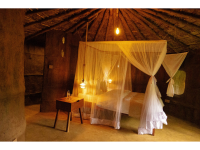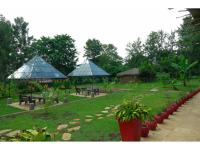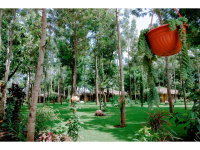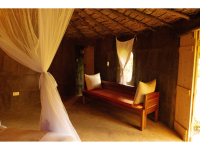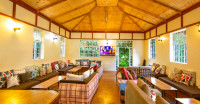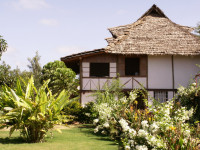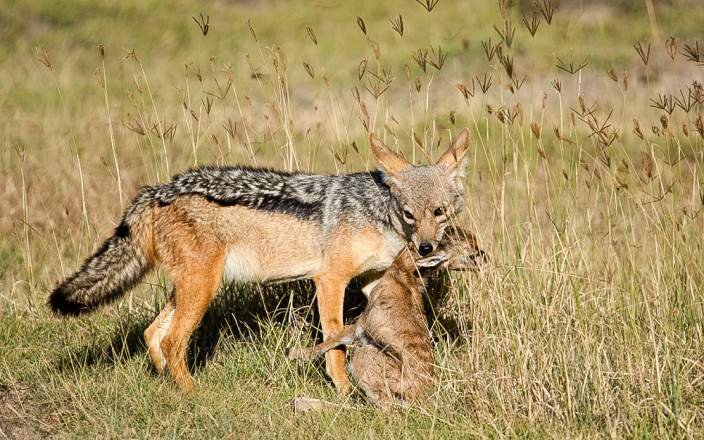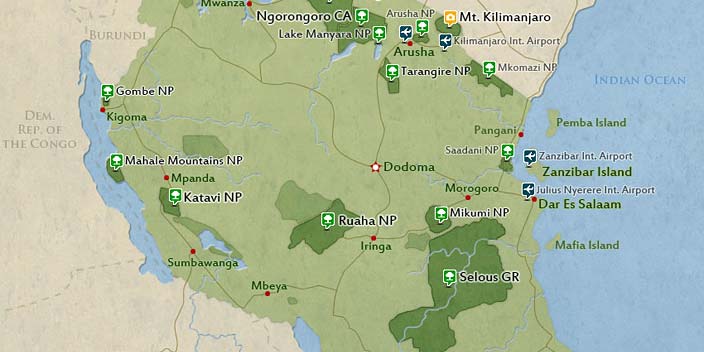
$1,315 to $1,326 pp (USD)
2 travelers on Start dateArrival
Arrival

Day 1
Arrival in Arusha
Arrival in Arusha
On arrival at Kilimanjaro International Airport (JRO) or Arusha Airport (ARK) which caters for domestic flights, you will be met by an African Big Cats Safaris representative who will drive you to your accommodation in Arusha. Your overnight stay will be at Mtoni River Lodge.
- Main Destination:
- Arusha (City)
- Accommodation:
- Mtoni River Lodge
- Meals & Drinks:

Day 2
Tarangire National Park
Tarangire National Park
Breakfast will be served at the lodge and thereafter, we'll depart to Tarangire National Park. The park is named after the Tarangire River which runs through it. This ‘river of warthogs’ is the only source of water for wildlife in the region during the dry season. In places, the vegetation is quite dense, including elephant grass, acacia woodlands and lush groundwater forest. The park is well known for its elephant families, which can often be seen congregating by the river. You may also see giraffe, bushbuck and hartebeest. These animals are closely followed by a range of predators, including lions and leopards. There are more breeding species of birds found in Tarangire National Park than anywhere else on the planet!
After lunch and an extensive game drive, we'll head for our accommodation at Eileen's Tree Inn in the Ngorongoro Highlands.
- Main Destination:
- Tarangire National Park
- Accommodation:
- Eileen's Trees Inn
- Meals & Drinks:

Day 3
Ngorongoro Crater
Ngorongoro Crater
After an early morning after breakfast, we'll depart to Ngorongoro Crater. When you first see Ngorongoro Crater, it looks like a forgotten world. Concealed by the steep volcanic walls is a pristine wilderness including sweeping savannah, pockets of acacia woodland and glistening lakes and swamps. The Crater was created when a large volcano exploded and collapsed. It is famous for both its geological delights and for being a natural reserve which is home to some of the densest large mammal populations in the whole of the African continent. The drive down into the Crater is an adventure in itself and when you reach the Crater floor, you quickly find yourself amongst large numbers of wildebeests, zebras, gazelles, and more than 500 bird species. The Crater provides you with the best chance of seeing the endangered black rhino, which can sometimes be spotted in the open grasslands. A packed lunch will be served at a picnic site. Dinner and your overnight stay will be at Eileen's Tree Inn.
- Main Destination:
- Ngorongoro Crater
- Accommodation:
- Eileen's Trees Inn
- Meals & Drinks:

Day 4
Lake Manyara National Park to Arusha
Lake Manyara National Park to Arusha
After an early breakfast, we'll make the short drive to Lake Manyara National Park, a relatively small but diverse park 120km west of Arusha. It is so named for the shallow alkaline lake that occupies a good seventy per cent of the park. Flooding and drying seasonally, this soda lake is home to thousands of flamingo and over 500 other bird species. On our exploration of the park, we will see monkeys, giraffes, zebras, wildebeests, buffalo, elephants, and with some luck, lions lounging in the trees. The park is known for its diverse landscapes; not only open grassy plains but also primate-filled woodlands and baobab dotted cliffs. We'll return to Arusha after lunch our adventure having come to its inevitable end. You'll be arriving in time for your flight back home or a flight to Zanzibar.
- Main Destination:
- Lake Manyara National Park
- Accommodation:
- No accommodation (End of tour)
- Meals & Drinks:

